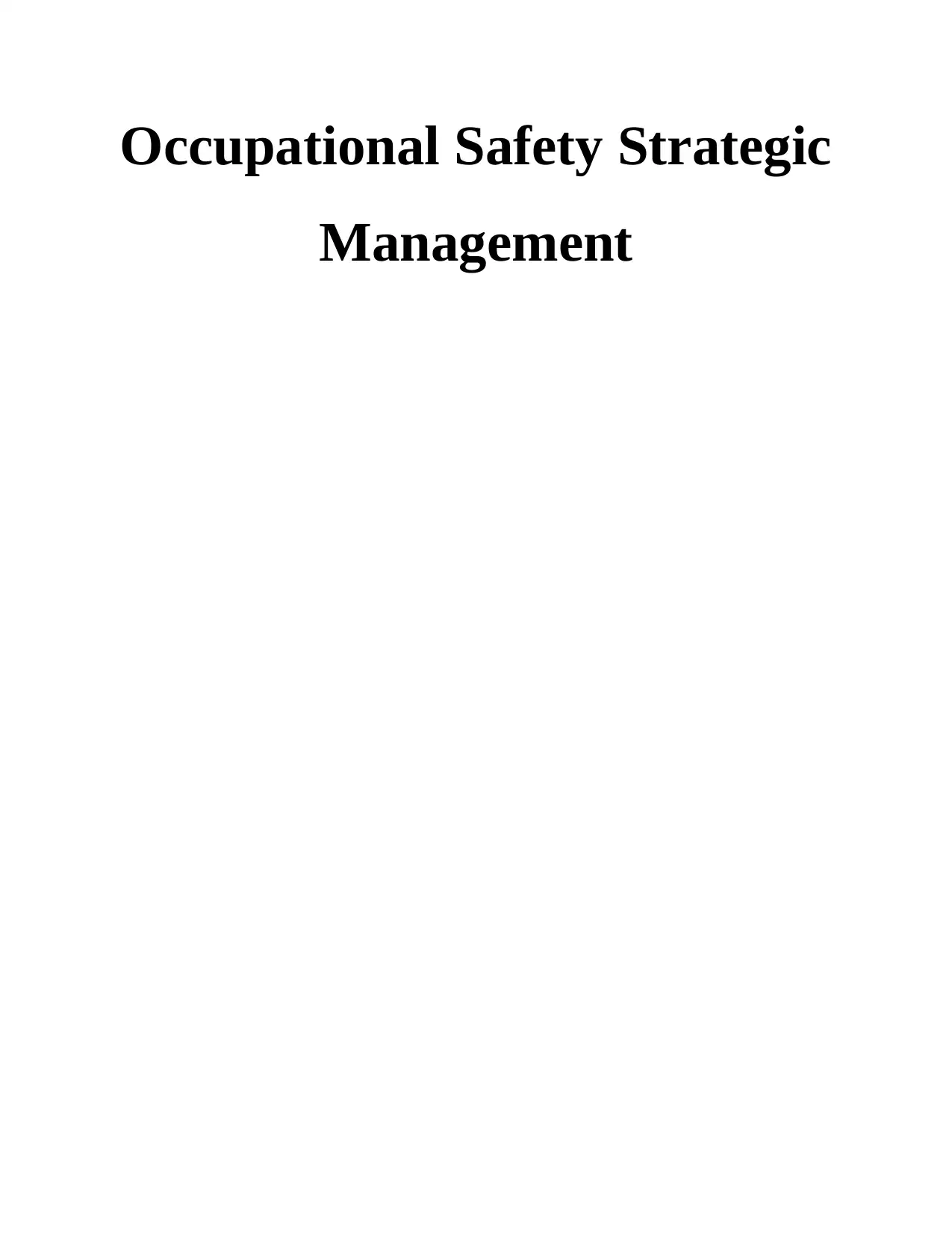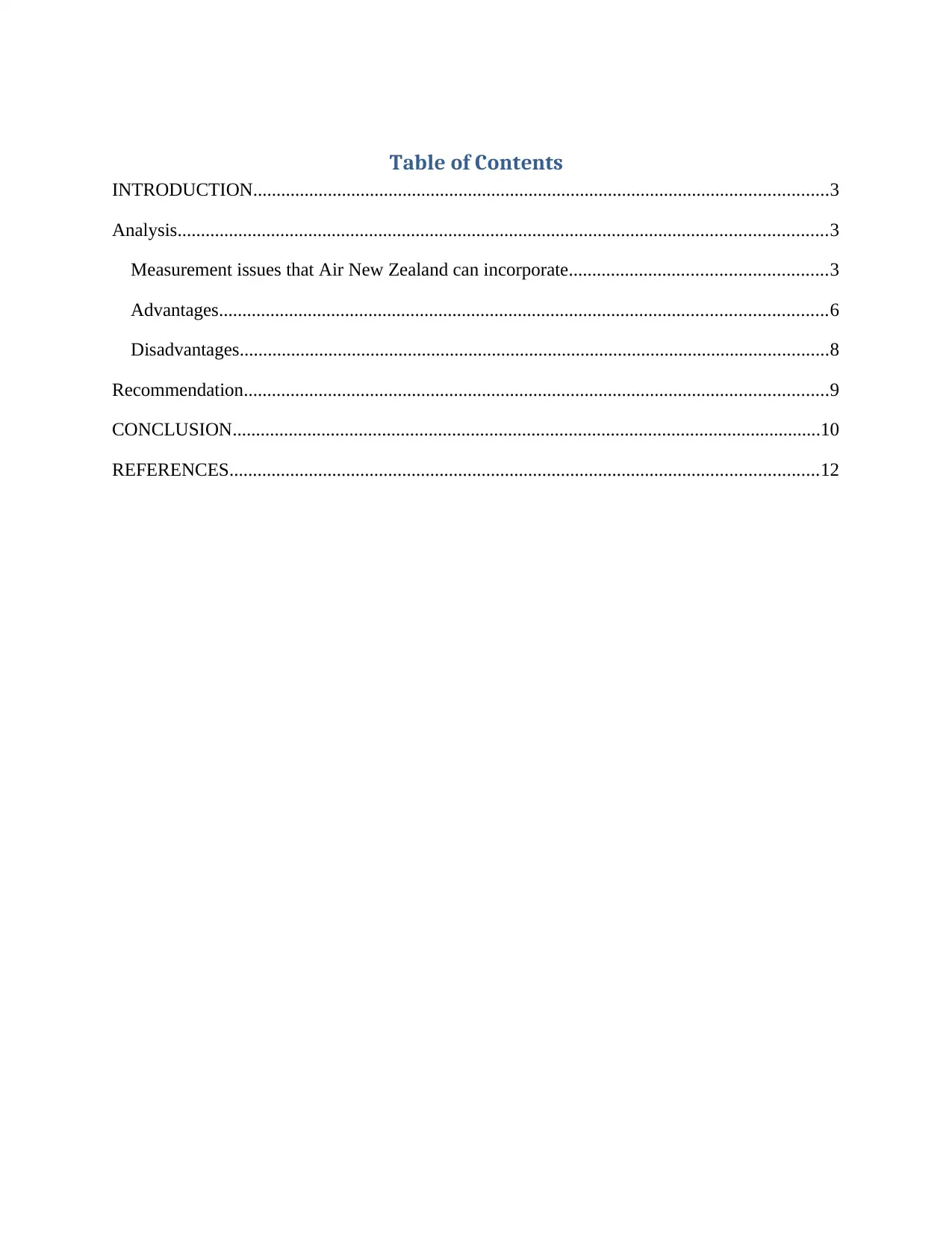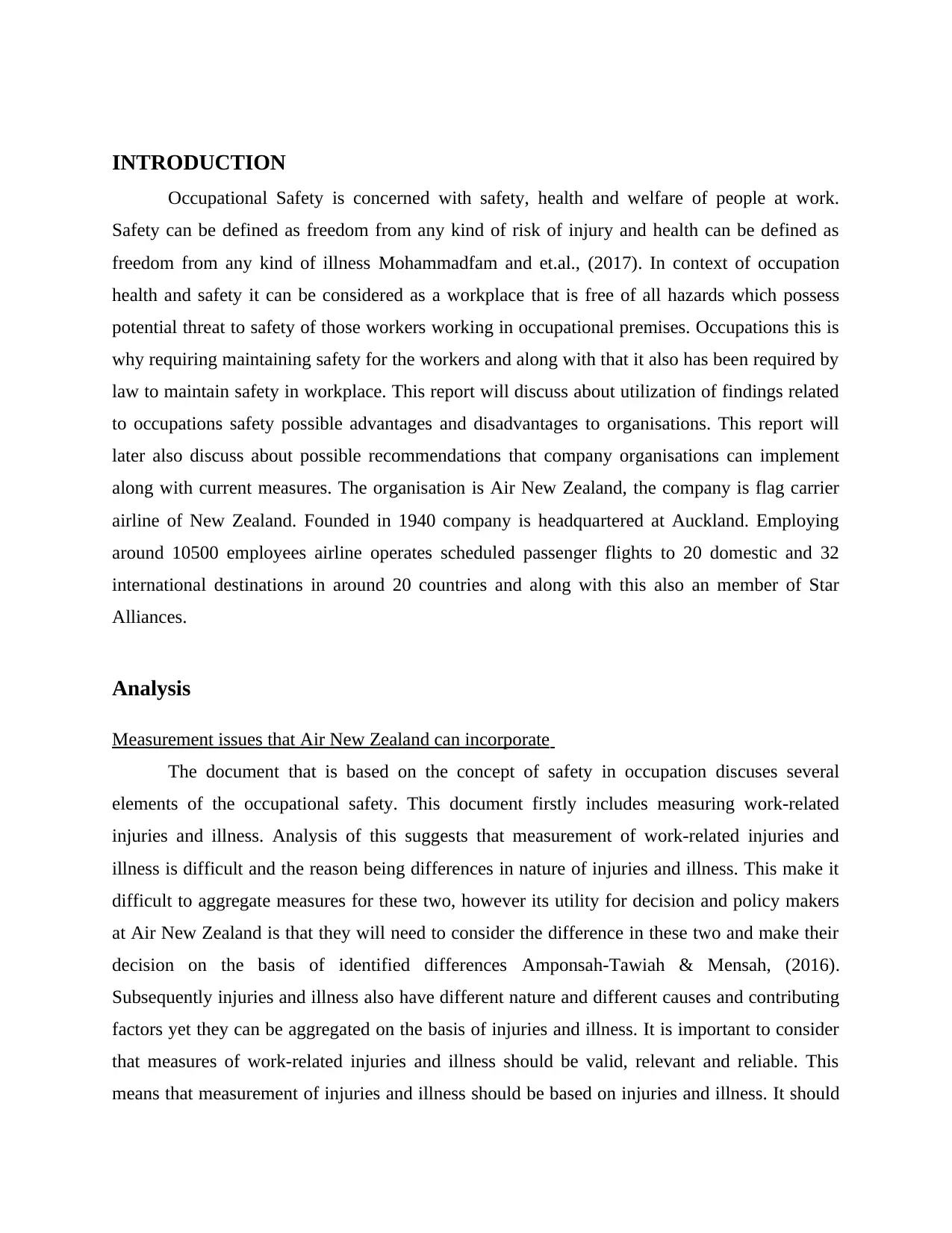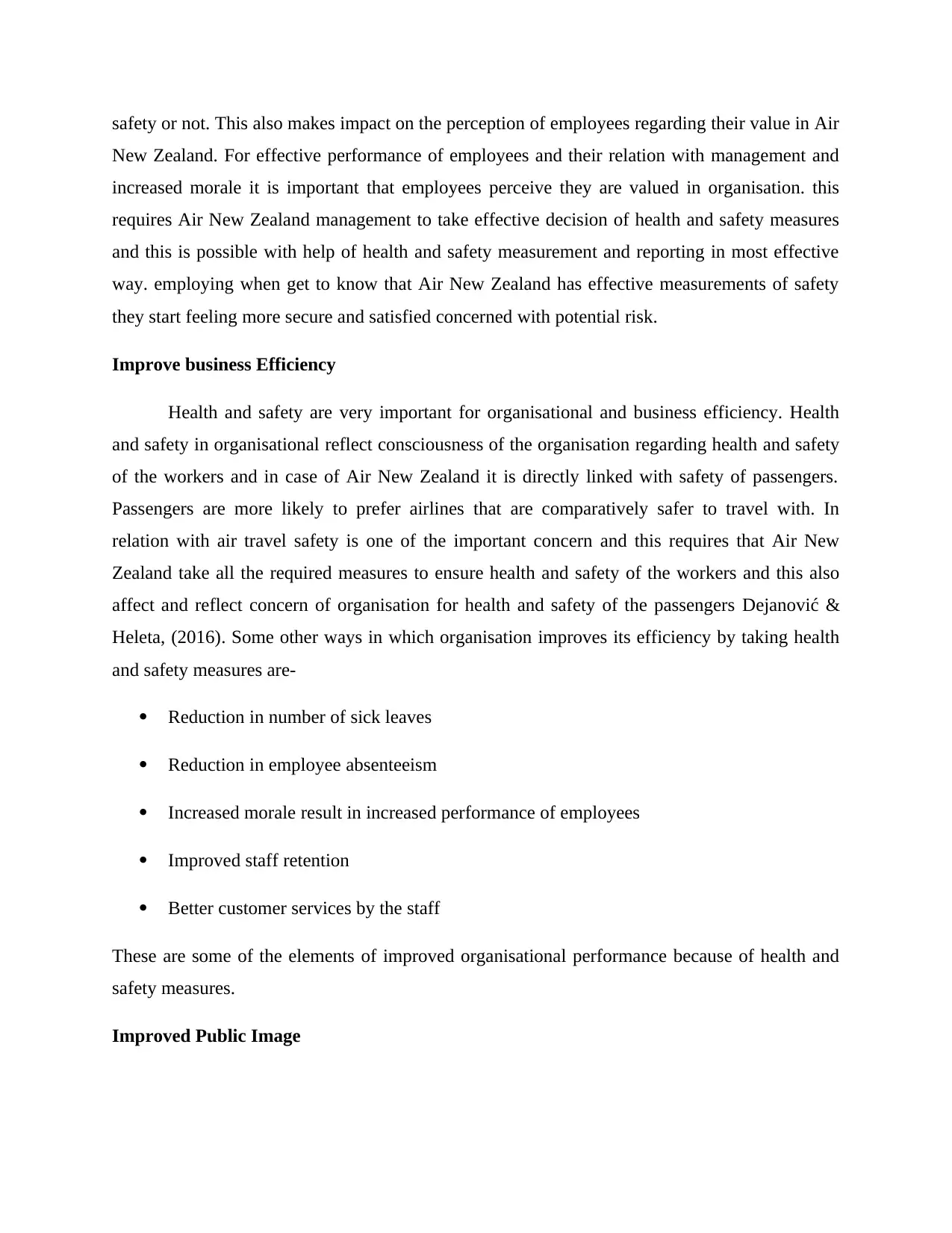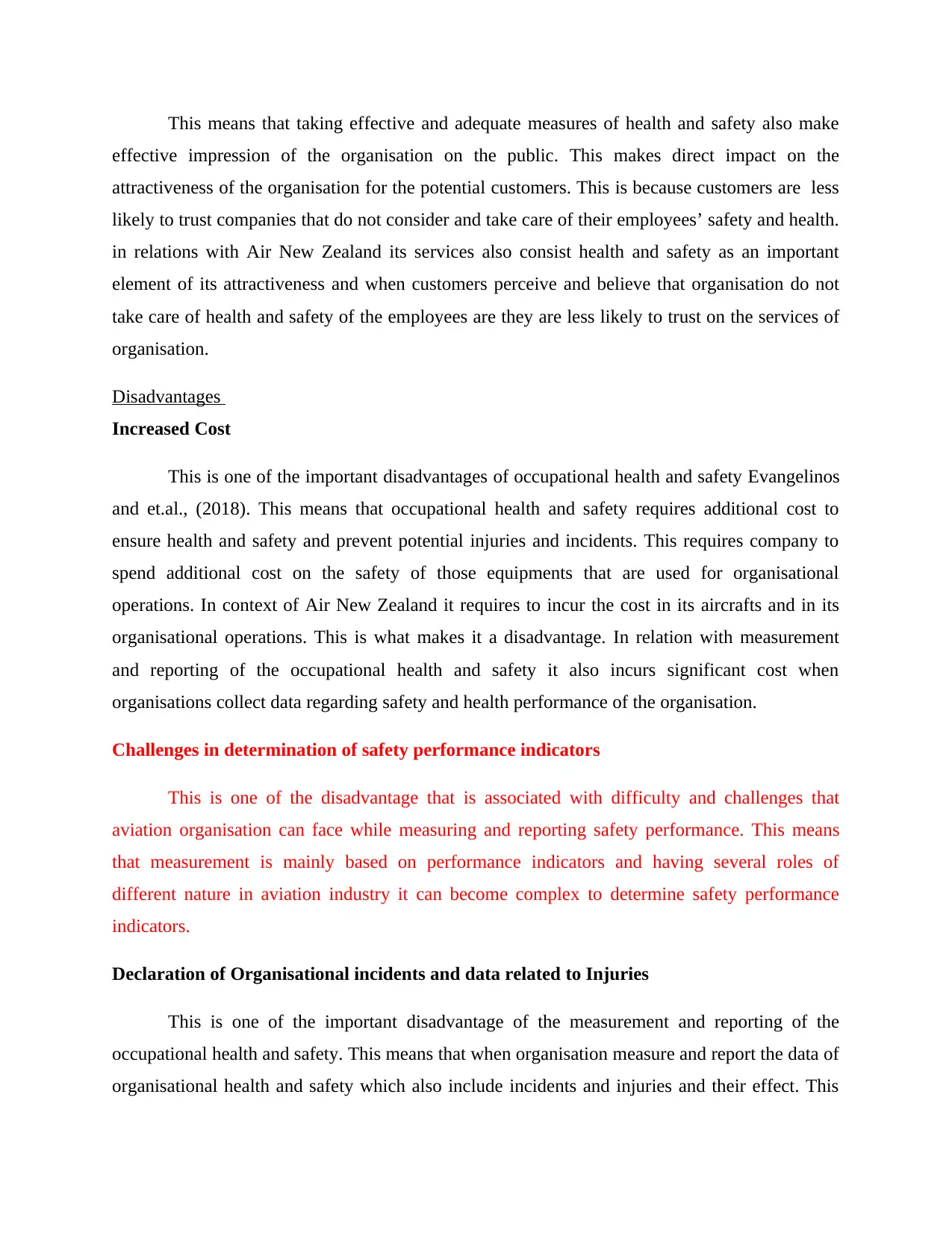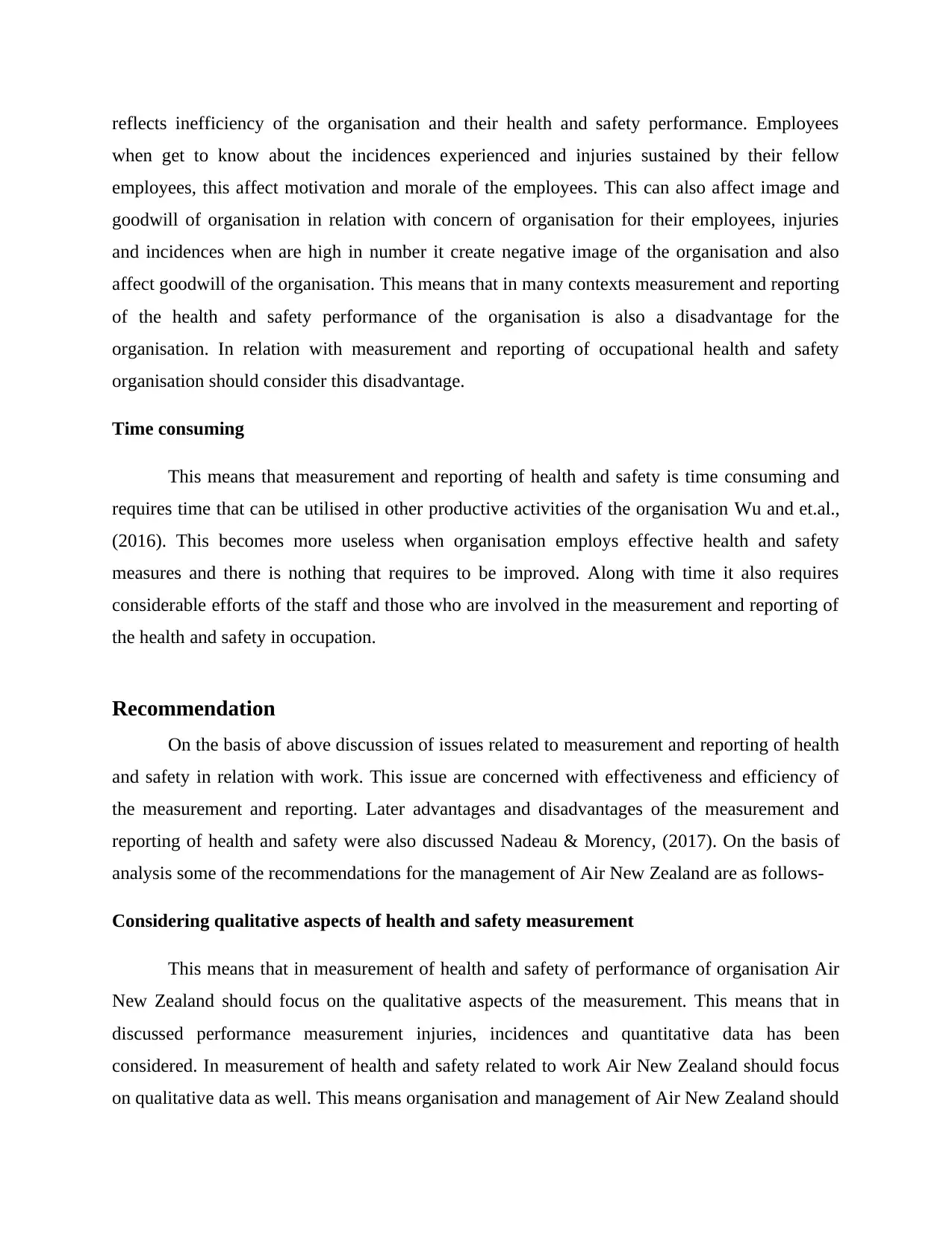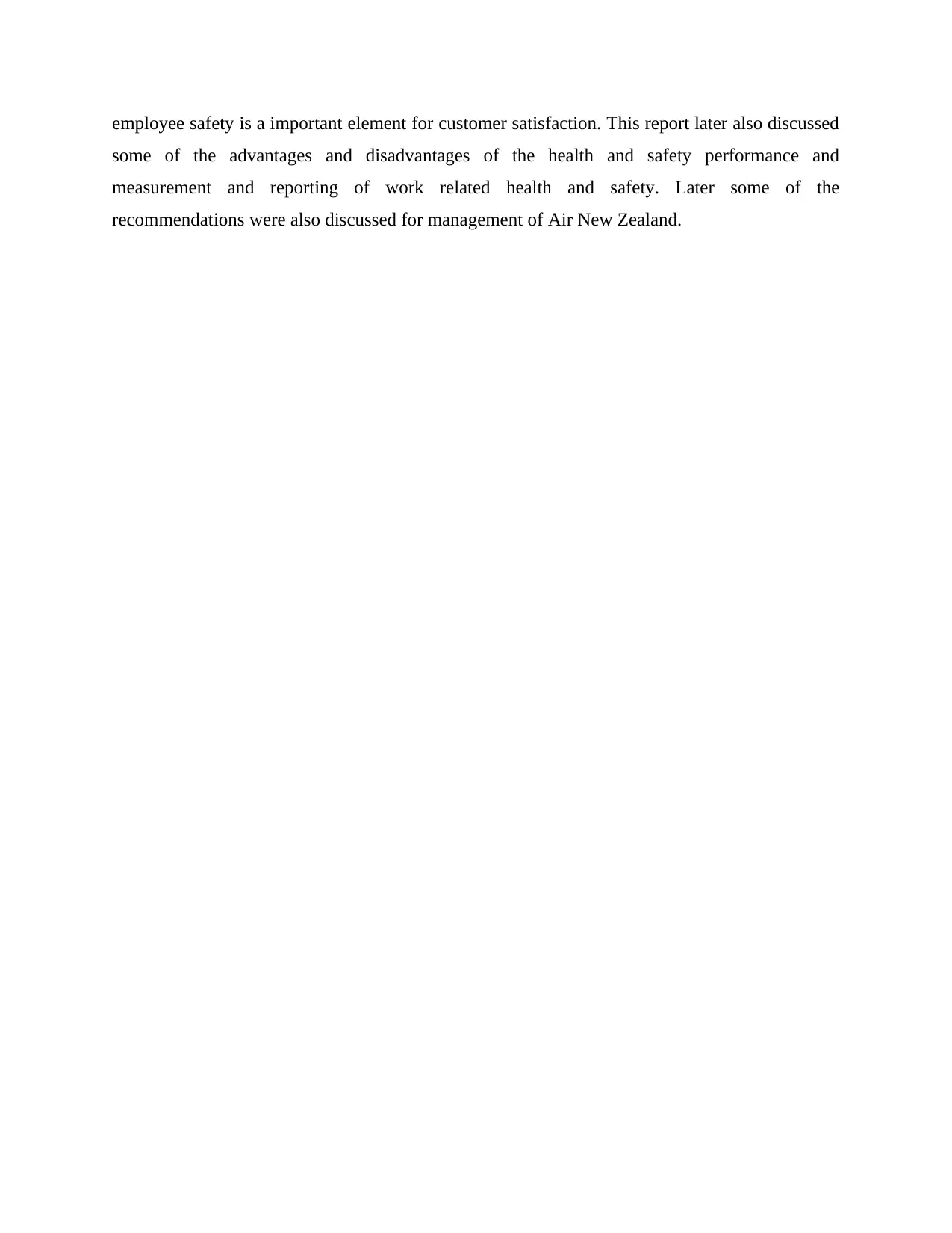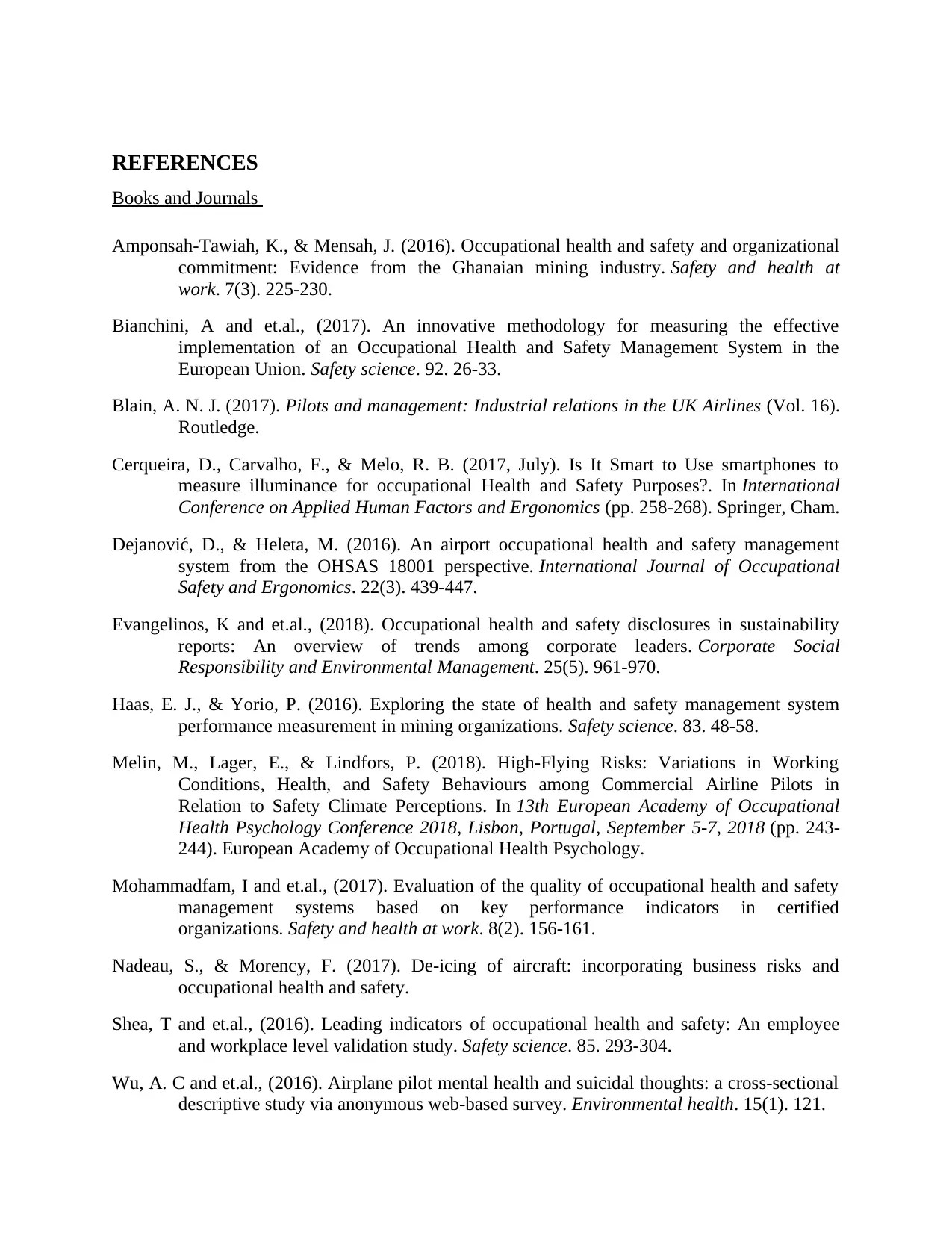This document discusses the importance of occupational safety in strategic management and its advantages and disadvantages. It focuses on Air New Zealand as a case study and provides recommendations for the company. The document covers topics such as measurement issues, safety triangle, validation and reliability of data, relevance of data, understanding hazards, and more. It also highlights the advantages of improved health and safety performance, reduction in costs, improved staff relations and morale, improved business efficiency, and improved public image. However, it also mentions the disadvantages of increased costs and challenges in determining safety performance indicators. Overall, this document provides valuable insights into the importance of occupational safety in strategic management.
![[object Object]](/_next/static/media/star-bottom.7253800d.svg)
![[object Object]](/_next/static/media/star-bottom.7253800d.svg)
